2013.03.04
Venture into adventure in northern Okinawa
By Bill Charles
Cape Hedo is the northernmost point on Okinawa Island.
It is also one of the island’s most famous landmarks, attracting visitors both for its sheer beauty and for its craggy cliffs that offer challenges to climbers. Cape Hedo is one of the

Hedo Point has not much amenities these days; a toilet and a couple of stands that sell drinks and snacks.
“must see” points of Okinawa, a mixture of awesome, luscious green hills absorbing the ever-present ocean breeze, and of breathtaking panoramas of the prefecture’s island expanse.
Cape Hedo offers something for everyone on a sightseeing venture, and exhilarating dive challenges as well. The Pacific Ocean meets the South China Sea at Cape Hedo, one of many reasons divers and snorkelers can’t wait to travel north. From the Cape’s observation point, visitors can look across the waters on a clear day and see Yoron Island to the north.
Yoron Island was the symbolic demarcation point between Japan and Okinawa during the days when America controlled Okinawa. Reversion activists frequently gathered at Cape Hedo to set watch fires near the 27th degree north longitude, then meet at sea with their Japanese counterparts along the line. Control of Okinawa reverted to Japan in 1972, and today a monument stands on the site commemorating the occasion.
Cape Hedo is reached by traveling Highway 58, north from Nago City. The entire area offers visitors opportunities for adventure and relaxation. Onna Village is first along the route north, affording terrific locations for photography. Manzamo is a green grassy area along the village Westside. Manzamo is a field created by coral reefs, said to be capable of seating 10,000 people. The ocean’s 50 meters below the field, and the sights and sounds of crashing waves are hard to describe.
Hiji Falls is farther north near Okuma. The hike from Highway 58 to Hiji Falls is not particularly difficult, but good shoes are recommended. The 40-minute hike winds through heavily forested mountains and sub-tropical vegetation, then on to the cold, clear waters of the Hiji River. Once there, enjoy the 30-meter-high water fall.
Cape Hedo has a small tourist rest stop that include restroom facilities and some food service operators who run their business mostly from the back of their trucks and minivans. There are paths from the rest area to the end of the cliffs, where you can look down at the swirling waters below. A strong word of caution: be mindful of your children; the Cape Hedo location does not have many barricades and fences most Americans may expect.
Climbers find the place a paradise. Climbers give Cape Hedo a thumbs up, noting the routes rank from 5.7 to 5.13c/d. Most routes are 30’, and Hedo gets credit for having many pockets.
Along the Highway 58 are many opportunities to pull over and walk the small sandy beaches. You may find the azure ocean waters beckoning, so be sure and take the swim togs.
From Cape Hedo, the choice is going home or venturing farther into the pristine vegetation that lines the highway traveling south on the northeast side of Okinawa. The road winds and bends and snakes its way through the mountainous terrain, traveling along Aha Dam and Fukuchi Dam, two of the island’s principal water sources. You’ll pass through the tiny village of Ada, tucked away in a valley, looking for all intents and purposes like it’s isolated and away from civilization.
However, a word of caution is in order. This is an area of Yambaru Kuina, and indigenous flightless bird that is highly endangered. Car drivers are requested to go slow and be extra careful in order to avoid colliding with one of these increasingly rare birds that have their last habitat in the forests of the northernmost Okinawa.




 2024.06.08
2024.06.08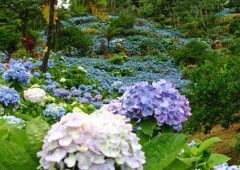 2024.05.25
2024.05.25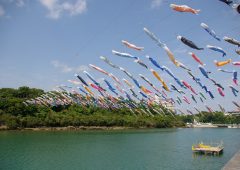 2024.04.26
2024.04.26 2024.04.22
2024.04.22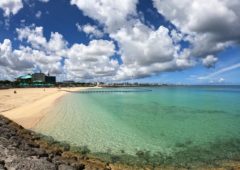 2024.04.10
2024.04.10 2024.01.31
2024.01.31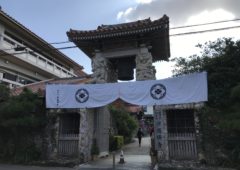 2024.01.02
2024.01.02 2023.12.27
2023.12.27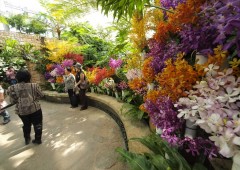 2023.11.16
2023.11.16






